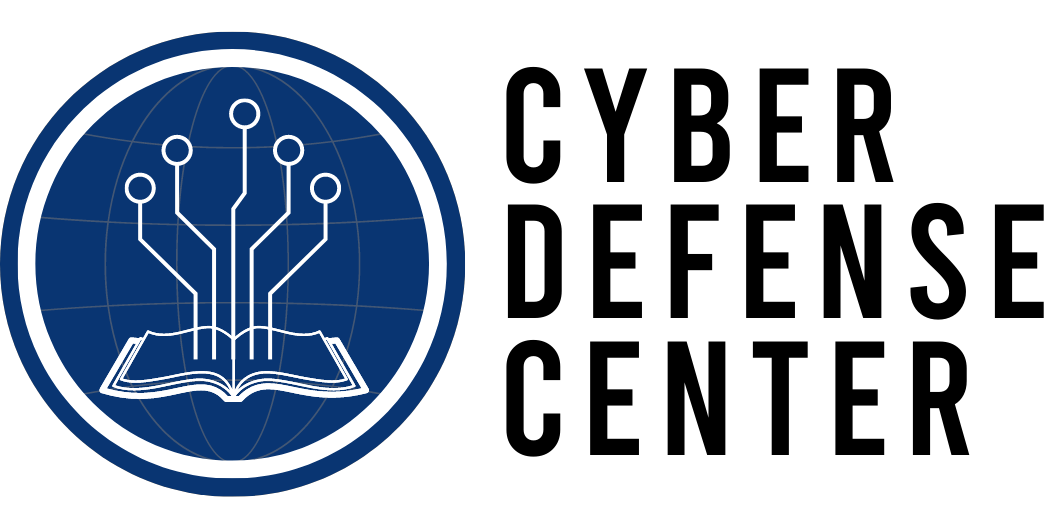Navigating the job market is challenging for both job seekers and employers, and bias on both sides can complicate expectations, communication, and outcomes. By examining these biases, we can bridge the expectation gap between employers and applicants, fostering a hiring environment that is fairer and more transparent for everyone involved.
Employers’ Expectations: Going the Extra Mile
Employers often seek candidates who go “above and beyond,” hoping for applicants who follow up post-application or personalize their approach to show genuine interest. This expectation often suggests that the most motivated candidates will reach out with follow-up emails or unique applications. However, for job seekers, especially those balancing multiple responsibilities, meeting this standard can be challenging. Not all qualified candidates have the bandwidth to consistently go the extra mile in this way, though they may still be just as passionate and skilled.
In fields like cybersecurity, where technical skills are paramount, this expectation can unintentionally filter out highly capable applicants who prioritize hands-on practice over networking or communication due to time constraints. A 2021 study from Indeed found that 64% of employers believe applicants should send a follow-up after an interview, yet only 27% of candidates feel comfortable doing so, often due to concerns about appearing too forward or simply lacking time. This gap in expectations underscores the need for employers to adjust their criteria to focus on skills rather than peripheral actions.
Advice for Employers: Explicitly state if follow-ups are encouraged. Also, consider offering opportunities for candidates to demonstrate interest through technical assessments or real-world scenarios instead of just post-application communication.
Advice for Job Seekers: When feasible, seek small, meaningful ways to show enthusiasm, such as a brief follow-up email or tailored cover letter, especially in industries where initiative is valued.
Role Title vs. Role Expectations: Inconsistent Job Descriptions
One significant bias in job hunting is the inconsistency in job titles and descriptions. Different companies often have different expectations for the same role title, leading to confusion. For example, in cybersecurity, a “Cybersecurity Analyst” role might range from handling incident response to focusing on threat intelligence or vulnerability assessments, depending on the company. Additionally, many employers stack tasks into roles that traditionally belong to separate functions, such as adding project management responsibilities to a technical security engineer position.
This inconsistency makes it challenging for applicants to assess a job’s true demands, leading to mismatches in expectations, skill sets, and even job satisfaction post-hire. According to a 2020 survey by Glassdoor, 50% of job seekers report applying for positions based on a title, only to discover the role was vastly different from what they expected.
Advice for Employers: Clearly define role responsibilities, especially in specialized fields like cybersecurity, to ensure candidates understand the core skills and tasks. If the role requires flexibility, make that expectation transparent in the job description.
Advice for Job Seekers: During interviews, ask questions to clarify day-to-day responsibilities. Understanding how the role aligns with (or diverges from) industry norms can help you gauge if it’s the right fit.
Neurodiversity and Inclusivity: Accounting for Different Working Styles and Strengths
A crucial yet often overlooked aspect of hiring is neurodiversity. Neurodiverse applicants — including those with ADHD, autism, or dyslexia — bring valuable perspectives, creativity, and problem-solving skills. However, traditional hiring practices often favor neurotypical norms, overlooking talent due to differences in communication or work style.
For instance, in cybersecurity, neurodiverse individuals can offer distinct strengths, such as exceptional pattern recognition, a knack for detail, and innovative problem-solving. Yet, they may be disadvantaged by hiring processes that emphasize social skills, quick responses, or spontaneous problem-solving over a structured, in-depth approach. A 2019 study by the Job Accommodation Network found that approximately 20% of individuals with ADHD demonstrate strengths in fields like cybersecurity, where attention to detail and pattern recognition are critical, yet only one in five neurodiverse applicants finds hiring processes accommodating to their needs.
Advice for Employers: Incorporate neurodiversity training for hiring managers and build a process that accommodates various thinking styles. Tools like structured interviews, skills-based assessments, and job previews can make hiring more inclusive. Avoid unnecessary requirements that may filter out neurodiverse candidates, like emphasizing “multitasking” if it’s not essential to the role.
Advice for Job Seekers: If you’re comfortable, consider sharing work style preferences with potential employers, especially if they’ll help you excel in the role. Seeking out companies that prioritize inclusivity in cybersecurity and technology can lead to a more supportive work environment.
Cultural and Social Differences: Bias in Communication Styles and Expectations
Hiring processes are often biased toward certain communication styles or cultural norms, which can disadvantage candidates from diverse backgrounds. For example, assertiveness is often valued in Western workplaces, but applicants from cultures that value humility may find self-promotion unnatural or uncomfortable. Additionally, in cybersecurity, where collaboration is essential, some employers may unconsciously prefer candidates who match their own communication style, affecting fairness in hiring.
Personality biases also come into play, as some employers may favor extroverts, believing they’ll fit more seamlessly into the workplace, even if the job itself (like cybersecurity analysis) is predominantly independent and technical. A 2022 study from Harvard Business Review found that 62% of employers exhibited a preference for extroverted candidates, even for roles that demanded little direct interaction.
Advice for Employers: Offer a clear description of valued traits and skills in your company culture, and recognize the value in different communication styles. Inclusivity training for hiring managers can increase awareness of these nuances, promoting a more open-minded approach.
Advice for Job Seekers: Researching company culture, either through reviews or reaching out to current employees, can help you assess alignment. If possible, tailor your approach to highlight your strengths in ways that resonate with the company’s core values.
Tools and Strategies for Ensuring Inclusivity in Hiring
To reduce bias and create a more inclusive hiring process, employers can utilize a variety of tools and approaches:
- Structured Interviews: Using a consistent set of questions helps to reduce subjective biases and ensures that all candidates are evaluated fairly based on the same criteria.
- Skills-Based Assessments: In fields like cybersecurity, practical tests and scenario-based assessments can reveal technical capabilities without relying heavily on interpersonal communication styles.
- Inclusive Job Descriptions: Tools like Textio or Gender Decoder can help make job postings more inclusive by removing biased language that may discourage diverse applicants.
- Training for Hiring Teams: Providing hiring managers with training on neurodiversity, cultural awareness, and unconscious bias is invaluable. It helps foster a fairer hiring process and improves their ability to appreciate diverse skills and perspectives.
- Anonymous Applications: Removing identifying information, like names and schools, from initial application reviews can help reduce bias based on race, gender, or socioeconomic background.
Building a More Informed, Understanding Hiring Process
Bias in hiring is complex, but awareness is the first step toward meaningful change. By understanding and addressing these biases, we can create hiring practices that are more inclusive, flexible, and fair — benefiting both employers and applicants alike.

